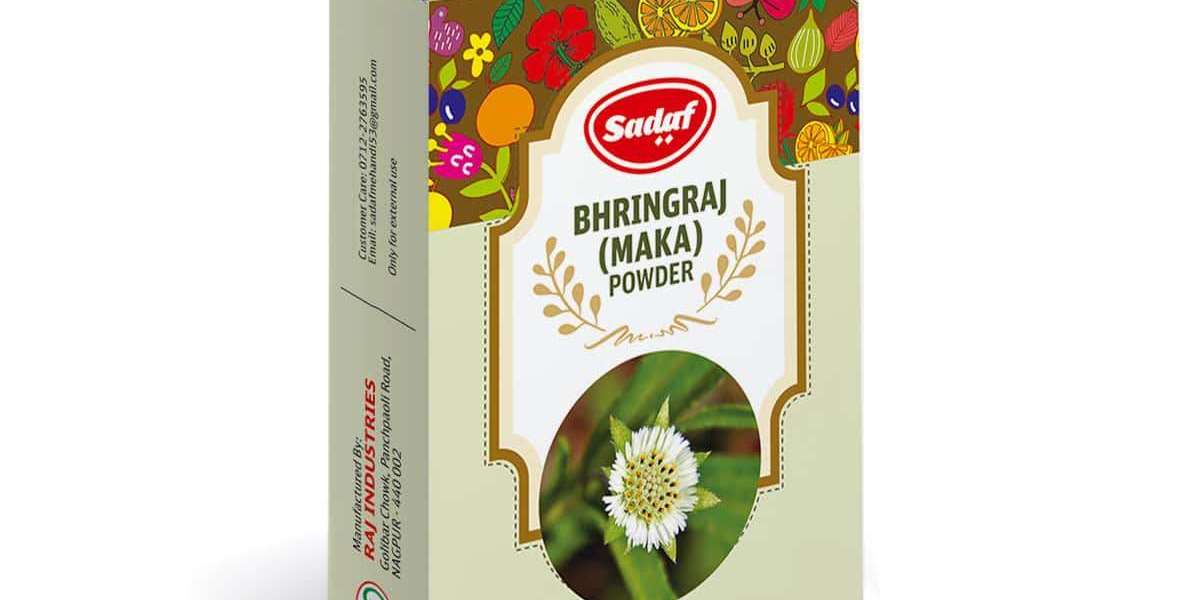What Are Horse Riding Gears?
Horse riding gear ensures the rider and horse's comfort and safety. This gear includes stirrups, reins, bits harnesses, saddles and halters. Horse riding equipment such as air jackets, riding boots, and body protectors reduces the severity of potential injuries that may occur from a fall. Horseback riding combines a live animal's unpredictability with a sport's physical demands. Wearing appropriate gear can reduce the risk of injuries from falls or accidents. It also enhances comfort and minimizes discomfort and chafing during long riders.
The horse riding equipment also improves performance, allowing better mobility and control. These also demonstrate professionalism and comply with competition dress. These gears ensure a better connection between horse and rider. Specialized clothing like jackets and breeches prevent chafing and provide flexibility for movement. Investing in high-quality, comfortable, and durable gear booster rider confidence contributes to an enjoyable and safer equestrian experience for both horse and rider.
Horse Riding Equipment List
Here’s a quick guide you can easily save on your computer or phone to make shopping easier. If you don’t know what some of these items are, don’t worry! We will go into detail about each. The first part of the list is the equipment you will need for yourself. Most of these are specially designed to make horse riding safe and comfortable.
Helmet: Horseback riding is a dangerous sport, and head trauma is a high risk. The horse riding helmet is specially designed to protect your head during accidents or injuries. It is the most crucial piece of safety equipment for riders. These helmets are certified to meet specific safety standards. You should have considered the feature when you chose the riding helmet. Proper ventilation for comfort, adjustable fit for stability and certified safety labels are crucial. While a helmet is crucial for riding in many disciplines, riders may also use caps or brimmed hats for caudal riding in non-competitive settings.
Riding boots: riding boots are essential for horseback riding. These boots enhance your grip on the stirrup and protect your legs from scrapes and impact. The two main types of riding boots are as follows:
Tall boots are often used in competitive disciplines like show jumping or dressage. They include dress boots, hunting boots, and field boots.
Paddock boots are short boots typically paired with half chaps for training or casual riding. A versatile option like the Grand Prix Paddock Boots offers style, durability and comfort. When you choose to ride boots, look for the elegant features of boots like sturdy soles with a light heel to prevent slipping, high-quality synthetic materials or padding for extended wear.
Breeches and Jodhpurs: These are athletically-inspired pants for horseback riding called breeches. They are made with thin, stretchy fabric to allow freedom of movement. The breeches offer excellent flexibility and grip while riding. They fit snugly and have unique gripping fabric designed for communication with the horse and safety. Jodhpurs are another style that is sometimes worn when riding a horse; they are similar to breeches but have a slightly looser fit and are often worn with paddock boots. They are more common in beginner or casual or children.
Riding shirts and jackets: the shirts or jackets are specially designed for horseback riding with features to ensure comfort, durability and style whether in the arena or on the trail. There is a variety of shirts, like casual riding tops or competition shirts. The casual riding tops can include t-shirts, pools, or long-sleeve shirts. These shirts are often made of moisture-wicking materials and feature a professional, clean look. Riders are usually required to wear tailored jackets in competitive settings that align with the dress codes of their discipline. These jackets should fit snugly without restricting movement, be made of breathable, stretchy materials for comfort and longevity, and complement the overall riding attire.
Gloves: the riding gloves improve grip on the reins, protect your hand from blisters and keep your hand warm in cold water. These gloves come in a variety of materials and colours and, according to weather, like summer, gloves are lightweight and breathable and keep your hand airy and cool. Winter gloves are insulated for warmth and protect your hands from cold weather. These gloves are made of synthetic blend, leather and hybrid designs for comfort and durability.
Body protectors and safety vests: Body protectors are often mandatory for disciplines like cross-country riding or evening. These vests shield the chest from impact during a fall. They are made of lightweight yet impact-resistant materials. They are adjustable for a secure fit and certified for safety standards. Airbag vests are gaining popularity as an added layer of protection.
Half chaps and gaiters: Half chaps are worn over paddock boots to provide additional protection and grip for the lower leg. They are made of leather, suede, or synthetic material and should snugly contour the leg without restricting movement.
Essential Horse-Riding Gear for The Horse
A horse also needs equipment for safety and comfort. Here are the essentials you will need when you first start.
Saddle pad, saddle and girth: a saddle is likely the most significant investment you will make for your horse. They play an essential role in the rider experience. To ensure you get the right fit, it is necessary to measure correctly. The saddle acts as a thin layer of cushion to prevent rubbing. Saddle pads also heat build-up, absorb perspiration and protect the saddle. A girth is a band attaches to a saddle and runs around the horse’s belly to hold the saddle in place. The saddle is versatile for various activities.
Bridle bit and reins: one of the critical communication tools used when riding a horse is the horse bridle. There are four pieces of English bridle, including cheek pieces, browband, crown piece and noseband. The veins, bridle, and bit are tailored to the horse’s needs. There are many options. What you select will depend on the kind of riding you’re doing.
Stirrup leathers and irons: The metal ring that is shaped where you place your feet when riding a horse is called stirrup irons. They are attached to the stirrup leather, which is attached to the tree of the saddle under the skirt. The stirrup leather provides a sturdy, flat base of support for your foot while riding and a stable area for your foot to mount your horse.
Grooming tools: Grooming is a good way to keep your horse healthy and fit. It helps the boots circulate and makes the coat shine. It also provides an early warning system to alert you to any health issues requiring medical care. It is also a great way to bond.
Fly spray: Flies are an unfortunate reality for horses. They are safety hazards and nuisances, as they carry disease. Though you cannot eliminate flies, you can reduce them significantly by making the area around your horse less attractive and using a fly spray on your horse.
Horse blanket and sheet: the need for the horse blanket depends on the climate where your horse lives and how cold and damp it gets. Different kinds of blankets are available to keep your horse warm and comfortable. If you decide your horse needs one, here’s how to measure your horse for a blanket.
First aid kit: A well-stocked first aid kit is essential for any horse owner. The last thing you want to do when your horse is injured is waste time. You may still need to contact your veterinarian, but at least you can stabilize your horse while you wait. You can buy your first aid kit, or you can easily make your own horse's first aid kit.
Caring for Riding Gear
Proper care and maintenance ensure your gear performs well and lasts longer.
Leather items like bridles, boots, and saddles require regular cleaning with a damp cloth or leather cleaner to remove dirt, sweat, and dust.
Conditioning leather with high-quality oil or balm is necessary to prevent cracking and keep it supple.
Always follow the care instructions on the labels for riding apparel like gloves, breeches, and jackets.
Always use mild detergent for cleaning and avoid high heat during drying or washing to maintain fabric integrity.
Store all gear in a clean, dry place away from direct humidity or sunlight, as these can damage the material.
Waterproof items like rain jackets or pants benefit from periodic re-waterproofing treatment.
Inspect year gear regularly for signs of damage or wear and tear, such as worn-out soles on boots or frayed stitching and replace them when necessary.
Proper maintenance extends the life of your gear and ensures your comfort and safety while riding.









